Sofia Coppola By Maurizio Galimberti
 dimanche 2 octobre 2011
dimanche 2 octobre 2011 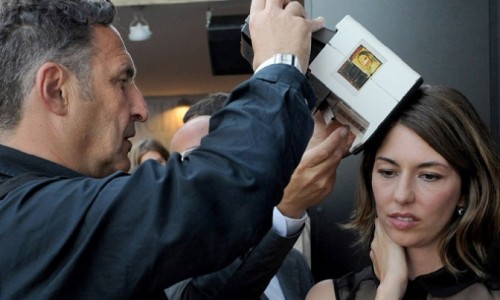
Our delightful contributing editor, Francesca Berti, has written her thoughts on the work of Maurizio Galimberti, a contemporary artist famous for his dynamic compositions that use Polaroid film to portray subjects like Sofia Coppola, Johnny Depp, Lady Gaga, and other stars. Grazie tante for this wonderful look at a fascinating artist in both Italian and English, Francesca!
Maurizio Galimberti: Il cacciatore di anime
By Francesca Berti
Come si può, oggi, ritrarre un volto, specie se di un personaggio famoso, senza cadere nel banale o senza riproporre qualcosa di già visto? Una soluzione originale l’ha trovata, dopo anni di sperimentazioni, l’indiscusso Maestro della Polaroid Maurizio Galimberti. Il suo lavoro di ricerca e sperimentazione può essere ricondotto ad una nota frase dello scrittore italiano Italo Calvino, citata dallo stesso artista in qualche intervista, la quale afferma che “La fantasia è come la marmellata, bisogna solo spalmarla su una solida fetta di pane per evitare il molle del banale”. Per banale si intende il nulla mentre il pane solido rappresenta la cultura, il back-ground che una persona possiede e che Maurizio ha scelto di mediare con la storia dell’arte. La fantasia va quindi messa su qualcosa di reale, altrimenti, se la base è la fantasia, rimane tutto come una cosa informe, come una marmellata, sulla quale non si può costruire niente. Una foto scattata con la Polaroid non è un attimo irripetibile, ma un progetto di vita, di materia e di fotografia che nasce con la contaminazione con la storia della pittura. Secondo Galimberti bisogna attingere le nuove idee dal passato e reinventarle. Nell’arte bisogna seguire un percorso di riscrittura e di evoluzione delle idee già sviluppate da altri. Da cosa nasce cosa. E proprio dal passato Maurizio Galimberti si è ispirato per realizzare i suoi famosissimi mosaici fotografici. Il suo lavoro è largamente influenzato dal futurismo di Umberto Boccioni, in particolar modo dall’opera La città che sale, e da Nudo che scende le scale di Marcel Duchamp che incarna perfettamente il ritmo cinetico rallentato presente nelle sue opere. Dalla combinazione di queste due culture vengono fuori i suoi lavori, conosciuti soprattutto per i ritratti a personaggi famosi come, per esempio, quello fatto a Johnny Depp nel 2003 fotografato durante il Festival del cinema di Venezia, dove Maurizio era presente come ritrattista, che gli ha fatto guadagnare la copertina del The Times Magazine londinese. Forse meno conosciuti, ma ugualmente notevoli, sono gli scatti raffiguranti edifici di città quali New York, Venezia e Berlino, paesaggi, fiori e gli originalissimi ready-made.
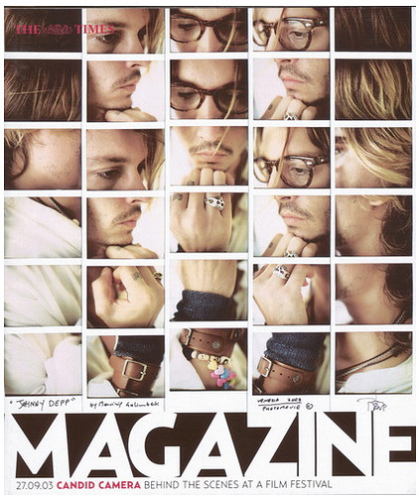
Maurizio si definisce un pittore e non un fotografo perché quest’ultimo si limita a fotografare la realtà, mentre lui utilizza la fotografia per esprimersi e per raccontare le sue emozioni. Le sue opere, che considera liriche, sono molto legate alla musica. Egli cerca di “suonare” la musica utilizzando il suo strumento, la Polaroid. Per fare questo Maurizio immagina di prendere delle particelle di spazio e le suddivide in aree disposte in verticale partendo dall’alto verso il basso. Ognuna di esse simboleggia una nota musicale. Nella fila a fianco fa la stessa cosa, sfalsando un po’ rispetto alla precedente. Questa è chiaramente una fantasia presente nella sua testa che gli permette di creare immagini con una loro ritmica. La musica e il ritmo sono un amore che si porta dentro da quando era ragazzino quando tentò l’approccio con il pianoforte. All’inizio del suo lavoro con i mosaici cercava solamente di fare una sorta di scansione dello spazio, abilità acquisita grazie agli studi da geometra e all’esperienza nei cantieri presso l’azienda di famiglia, oggi invece cerca l’emozione in ogni singolo frammento. Prima di fotografare una scena deve sentire un profondo contatto con essa. Egli cerca di fare della poesia oltre che della musica. Con le sue opere cerca di raccontare le sensazioni che sorgono in lui quando osserva ciò che lo circonda. Uno scatto nasce dall’interazione di sensazioni, colori, odori, emozioni che cerca di immortalare e di trasmettere con l’immagine. E’ un fotografo “di pancia” che cerca sempre la verità e l’emozione. Sotto questo punto di vista può essere considerato come un ladro che ruba le emozioni. Questo “saccheggiare” emerge specialmente nei suoi ritratti-mosaico dove, in un attimo, riesce a mettersi in contatto e a rubare l’anima di chi ritrae. Per fare questi inusuali ritratti utilizza una speciale scatola chiamata “collector”, cioè una lente macro, che viene opportunamente aggiunta alla Polaroid per avere immagini a grandezza naturale di ciò che fotografa. Durante lo shooting, che dura al massimo cinque minuti, la macchina fotografica viene appoggiata sul volto della persona. Questo contatto fisico fa si che il mezzo funga come una sorta di ponte che collega direttamente l’artista con la persona ritratta mettendoli in comunicazione e creando intimità tra loro. I soggetti ritratti sono liberi di guardare dove vogliono e quando accade che qualcuno chieda a Maurizio cosa fare o cosa guardare egli continua a scattare in silenzio. La risposta a questo suo modo di lavorare caratterizzato dal ritmo silenzioso e dall’immobilità dei suoi ritratti l’ha trovata grazie alle parole di Jean-Luc Nancy nel libro dedicato ai ritratti di Henri-Cartier Bresson intitolato “Un silenzio interiore” nel quale si afferma che il vero ritratto è quello in cui il personaggio rappresentato non è colto in nessuna azione, né adotta un’espressione che svii dalla persona stessa. Chi fotografa, deve cercare di tradurre la personalità e non un’espressione.
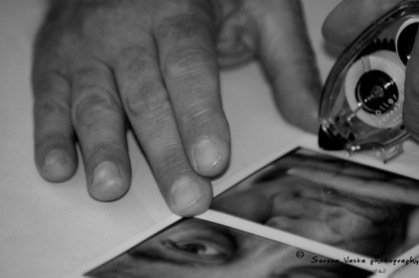
Maurizio è quindi un narratore di intimità perché con i ritratti entra dentro la privacy delle persone cercando di estrapolare la parte migliore di esse. Questi caratteri interiori vengono fatti fluire in un “racconto interiore”, in una confessione silente. Il risultato finale è un collage formato da decide di Polaroid che riproducono un diverso dettaglio della stessa persona attraverso la modalità di scomposizione e ricomposizione geometrica. Questi dettagli moltiplicati, affiancati, ripetuti ma mai uguali a se stessi, sono sempre un poco diversi, sfaldati, sfrangiati, come se il muoversi del tempo impedisse all’obiettivo di stare fermo nella stessa posizione. Il viso viene scomposto in tessere, ma non lo si vede semplicemente frammentato e ricostruito come fosse un puzzle, altrimenti i ritratti sarebbero tutti uguali. E’ l’idea di una personalità che viene ricostruita, non la fisionomia. Talvolta vengono ritratte anche le mani che hanno solamente una valenza artistica per sottolineare il dinamismo futurista peculiare nelle sue opere. Questo è un processo di ricostruzione dell’identità, in un tempo come il nostro dove il volto, specie se di un personaggio celebre, è ridotto a una mera e semplice immagine pubblicitaria, che priva il soggetto della sua personalità per attribuirgli valori richiesti dal committente. E’ senza dubbio interessante questa nuova concezione del ritratto in cui in una singola immagine sono racchiuse diverse prospettive possibili di uno stesso soggetto, completamente diversa dall’immagine monolitica della fotografia classica dove il punto di ripresa era singolo. Nonostante il piano bidimensionale della fotografia, la ripresa poliprospettica fa assumere ai ritratti di Galimberti le tre dimensioni del reale dandogli un aspetto di tipo scultoreo. Si può certamente affermare che questo sia il modo giusto per rappresentare la complessità dell’uomo e della donna moderni, esseri articolati la cui descrizione non può avvenire con una semplice immagine, ma necessita di continue allusioni alla molteplicità e alla frammentazione. In particolare il volto di Sofia Coppola si presenta a noi sotto molteplici e contrastanti “punti di vista” che si amalgamano magicamente in una composizione dal ritmo rigoroso. I frammenti della sua immagine esplodono e scendono come un’imponente cascata. Il gusto per la geometria e la padronanza della luce immergono il suo volto dentro un’atmosfera aggraziata ed elegante. Il suo sguardo, più che essere impresso su una foto, sembra cercare un dialogo con chi lo guarda, tanta è l’energia che vibra in esso. Galimba, soprannome utilizzato dallo stesso artista, è dunque un raro caso di autore che racchiude in sé ricerca, documentazione e indubbia capacità di relazione con il mercato della creatività artistica. La Polaroid è il suo mezzo, o come lo chiama lui il suo attrezzo, la scomposizione e decostruzione dell’immagine il risultato. Voi cosa ne pensate del risultato finale con Sofia? Maurizio è riuscito a catturarle l’anima?
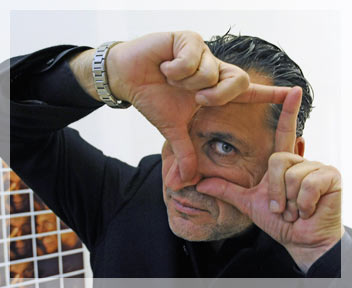
Maurizio Galimberti: the soul's hunter
By Francesca Berti
How is it possible, today, to portray a face, especially one of a well-known person, without falling to the banal or proposing something already seen? An original solution has been found, after years of testing, by the indisputable Polaroid maestro, Maurizio Galimberti. His method of researching and testing can be described by the famous sentence of Italian writer Italo Calvino, mentioned by the same artist in an interview, “The fantasy is like the marmalade, it must be spread on a solid slice of bread to avoid the softness of the banal.” The banal means nothing and solid bread represents the culture, the background that a person has and that he chose to mediate with art history. The fantasy must be put on something real, otherwise, if the base is the fantasy, it remains all as something without shape, as a marmalade, on which it is not possible to construct anything. A photo taken with Polaroid is not an unrepeatable moment, but a photography, material, and life project. In Galimberti's opinion one must draw new ideas from the past and invent it again. In the art must follow a way of rewriting and evolving of ideas still developed by others; from one idea another is born and from the past Galimberti inspired himself to realize his very famous mosaics. His work is widely influenced by the futurism of Umberto Boccioni, especially from the paintings City that goes up and Naked go down stair by Marcel Duchamp, that perfectly embody the slowed kinetic rhythm present in his works. From the combination of the influence of these two cultures, his work is known especially for the portraits of famous personages, for example, Johnny Depp photographed in 2003 during the Venice Film Festival, where Maurizio was present as a portraitist, that have gained him the cover of The Times Magazine of London. Maybe less known, but always remarkable are the releases representing the buildings of the cities like New York, Venice, or Berlin, landscapes, flowers, and the original ready-mades.
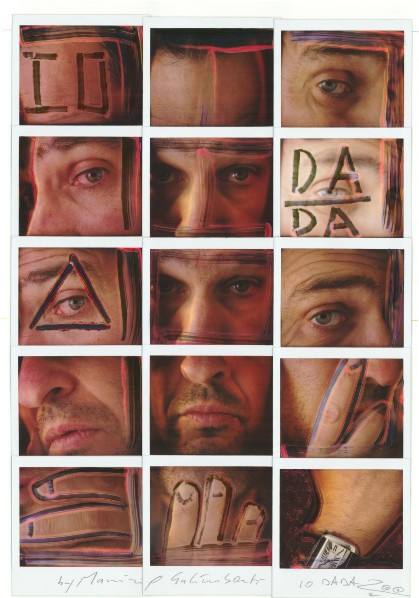
Maurizio defines himself as an artist and not as a photographer because this last limits to taking the reality, while he uses the photography to express himself and to tell his emotions. His works, that he considers lyrics, are often united with music. He tries to “play” the music using his instrument, the Polaroid. For making this, Maurizio imagines taking space particles and subdividing them in areas vertically disposed from the top to the bottom. Each of them symbolizes a music note. In the row beside he does the same thing, staggering a little bit with respect to the previous. This is clearly a fantasy present in his mind that permits him to create images with their rhythms. Music and rhythm are loves that he carries inside since he was a young boy when he tried the approach with pianoforte. At the beginning of his work with mosaics he tried only to do a kind of scanning of the space, a skill acquired thanks to draughtsman study and experience in building sites at his family’s company, today he searches the emotion in every single fragment. Before photographing a scene he must feel a deep contact with it. He tries to do also poetry more than music. With his works he tries to tell the sensations that arise in him when he looks at what surrounds him. A click appears from the interaction of sensations, colors, smells, emotions that he tries to immortalize and transmit with the image. He is a photographer by instinct, one that searches always for the truth and the emotion. From this point of view he can be considered a thief that steals emotions. This “loot” emerges especially in his mosaic-portraits where, in a moment, he is able to gain entry and steal the soul of the subject. To do these unusual portraits, he utilizes a special box called “collector,” a macro lens that is added to the Polaroid to have life-size images of what it is photographed. During the shooting, that lasts at most five minutes, the photography machine is leaned on the face of the person. This physical contact permits the means to function as a bridge that connects directly the artist with the subject, putting them in communication and creating intimacy between them. The subjects portrayed are free to look wherever they want and when it happens that the subject asks Maurizio what to do or what to look at, he continues to photograph in silence. The answer to this way of working, characterized by a quiet rhythm and by the immobility of his portraits, he has found thanks to the words of Jean-Luc Nancy in the book dedicated to the portraits of Henri-Cartier Bresson called “an interior silence,” in which it is affirmed that the real portrait is that in which the subject is neither caught in any action nor adopts an expression that diverts from the same person. The photographer must try to translate the personality, not simply an expression of it.
Maurizio is an intimate narrator because with his portraits he enters into the privacy of people trying to extract the best side of them. These interior characters are flowing in an “interior story,” in a silent confession. The final result is a collage formed by ten Polaroids, that reproduce a different detail of the same person through the modality of geometric deconstruction and reconstruction. These details are repeated, placed side by side, multiplied but are never the same with itself, always a little bit different, flaked, fringed, as if the movement of time prevents the lens from remaining in the same position. It is the idea of a personality that is reconstructed, not the physiognomy. The face is disassembled in cards, but it is not simply fragmented and reconstructed as a jigsaw puzzle, otherwise the portraits would all be the same. Sometimes are drawn also hands that have only an artistic sense to emphasize the futuristic dynamism characteristic in his works. This is a process of reconstruction of the identity, in a time such as ours where the face, especially that of a famous personage, is reduced in a simple advertising image that deprives the subject of its personality in order to give it values required by the purchaser. It is without doubt interesting this new conception of portrait in which in a single image are contained different possible prospects of the same subject, completely different from the monolithic image of the classical photography where the point of recovery was single. Despite the bi-dimensional flatness of photography, the poly-prospective scene gives to the portraits of Galimberti the three dimensions of the real lending them a sculptural aspect. It can be surely affirmed that this is the right way to represent the complexity of contemporary men and women, articulated creatures that defy description with a simple image, but need one of multiplicity with fragmentary references. In particular the face of Sofia Coppola appears to us via multiplied and contrasted “point of views” that magically amalgamate in the composition with rigorous rhythm. The fragments of her image explode and fall down as an impressive waterfall. The taste for geometry and the mastery of the light dipped her face inside an elegant and gracious atmosphere. Her glance, more than being immortalized in a photo, seems to be searching for a dialogue, considerable is the energy that vibrates in it. Galimba, a nickname utilized by the same artist, is a rare case of the author that enclosed in itself searching, documenting, and, without doubt, relating with the creative artistic market. The Polaroid is his means, or as he calls it his tool, for the disassembling and deconstruction of the image as the result. What do you think about his final result with Sofia? Has Maurizio been able to capture her soul?
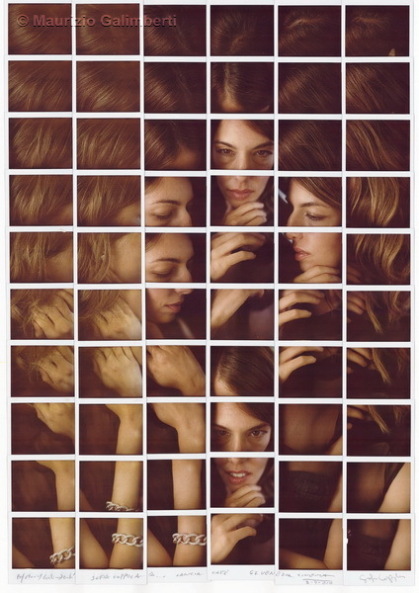
Maurizio Galimberti images © 2011 Maurizio Galimberti. Courtesy of Mani Serena Vasta Photography. All Rights Reserved.
 kellina | |
kellina | |  5 Comments
5 Comments  Sofia Coppola in
Sofia Coppola in  Art,
Art,  Francesca Berti,
Francesca Berti,  Italy,
Italy,  Photography,
Photography,  Translation
Translation 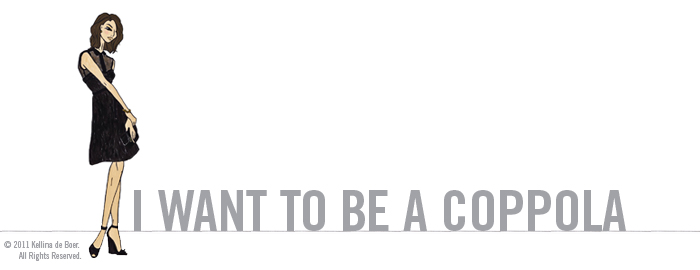
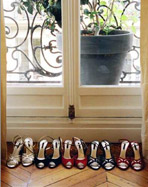


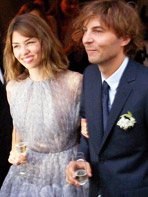



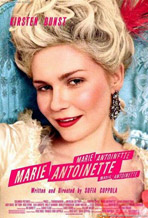

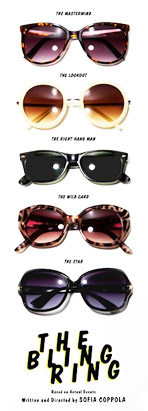

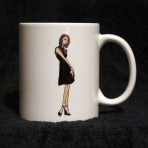
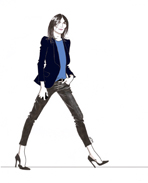




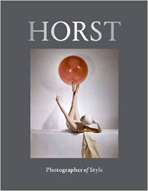

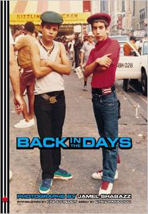
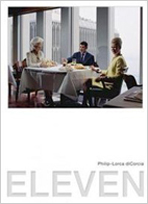
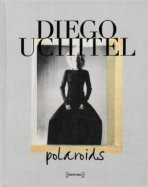



Reader Comments (5)
I don't know if Galimberti captures Sofia's "soul" here, but creative it is. It's a little disturbing somehow. Bravo!